The Women’s National Basketball Association (WNBA) is the professional women’s basketball league in the United States, created in 1996 with the support of the NBA. Its first season took place in the summer of 1997, featuring eight teams affiliated with existing NBA franchises.
Nearly thirty years later, the WNBA has become the global benchmark for women’s basketball, enjoying unprecedented popularity: in 2024, the average attendance per game jumped 48% to 9,807 spectators, and over 54 million unique viewers followed the season across six national networks.
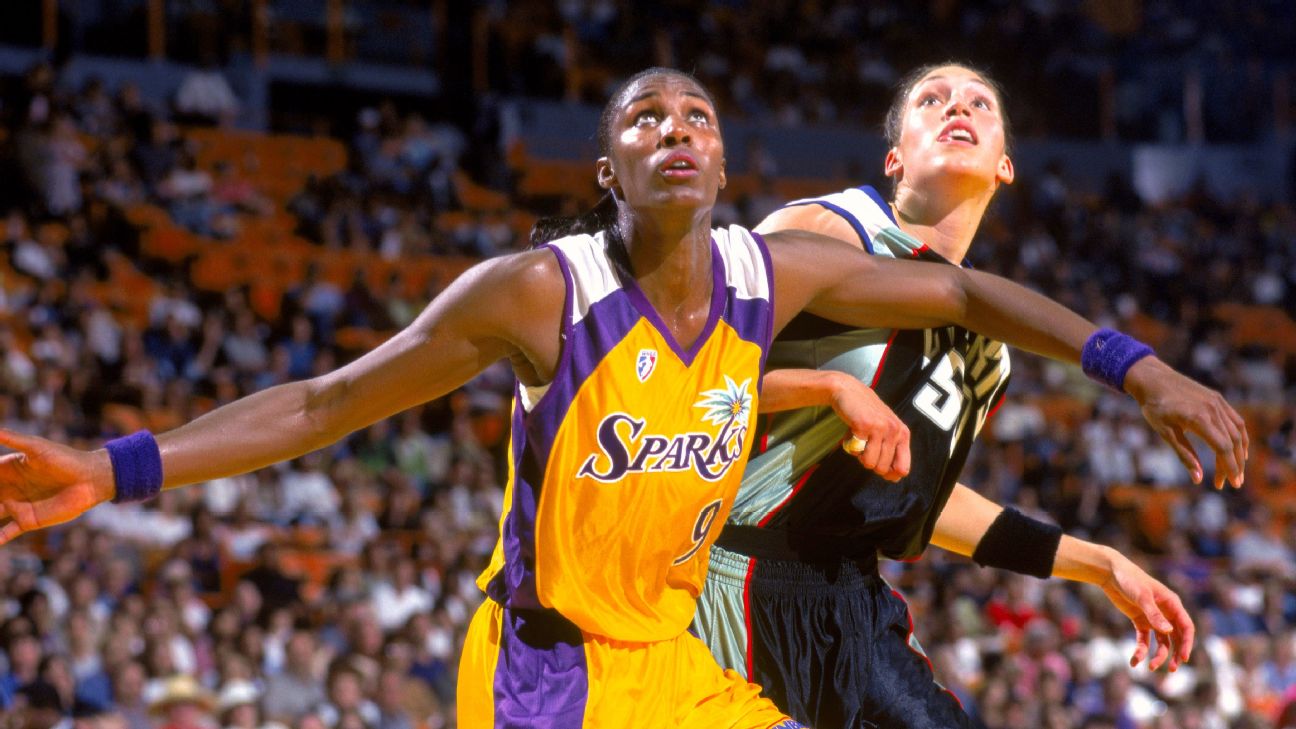
Andrew D. Bernstein/Getty Images
This success relies largely on the performance and leadership of African-American women, who make up the majority of the league (83% of players were women of color, including 67% African-American, in 2020). Let’s look back at the evolution of this pioneering league, shaped by exceptional athletes and a determination to elevate women in sports.
Creation of the league and early pioneers (1996–2000)
The launch of the WNBA was officially approved by NBA Commissioner David Stern on April 24, 1996. It wasn’t the first attempt at a professional women’s league in the U.S., but its direct connection to the powerful NBA gave it a decisive edge. The WNBA immediately adopted the slogan “We Got Next,” declaring that women had earned their place in the professional basketball world. Eight teams were formed for the inaugural season in June 1997, all based in NBA cities to benefit from existing infrastructure and audiences.
From the start, the league highlighted three stars from the 1996 U.S. Olympic team: Lisa Leslie (center for the Los Angeles Sparks), Sheryl Swoopes (forward for the Houston Comets), and Rebecca Lobo (forward for the New York Liberty). However, another player would soon emerge as the WNBA’s first true superstar: Cynthia Cooper.
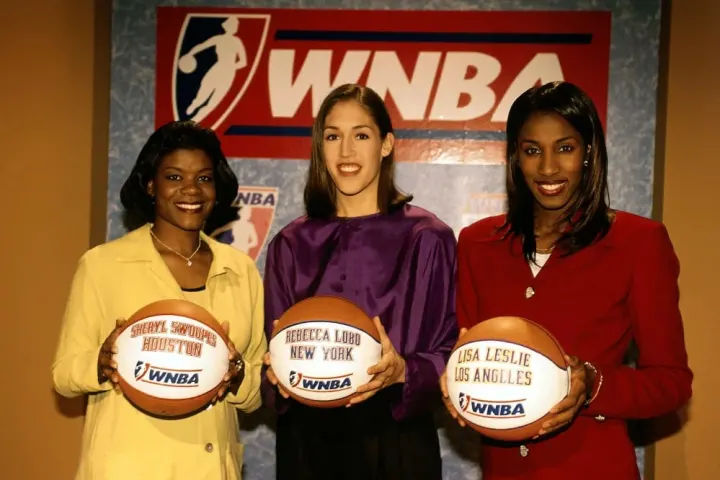
At 34 years old in 1997, Cooper finally had a national platform after building her career in Europe due to the lack of a domestic league. She led the Houston Comets to the first WNBA championship (against the New York Liberty) and was named season MVP. It was the beginning of a dynasty: led by the trio of Cooper, Swoopes, and Tina Thompson, the Comets won the first four WNBA titles from 1997 to 2000.
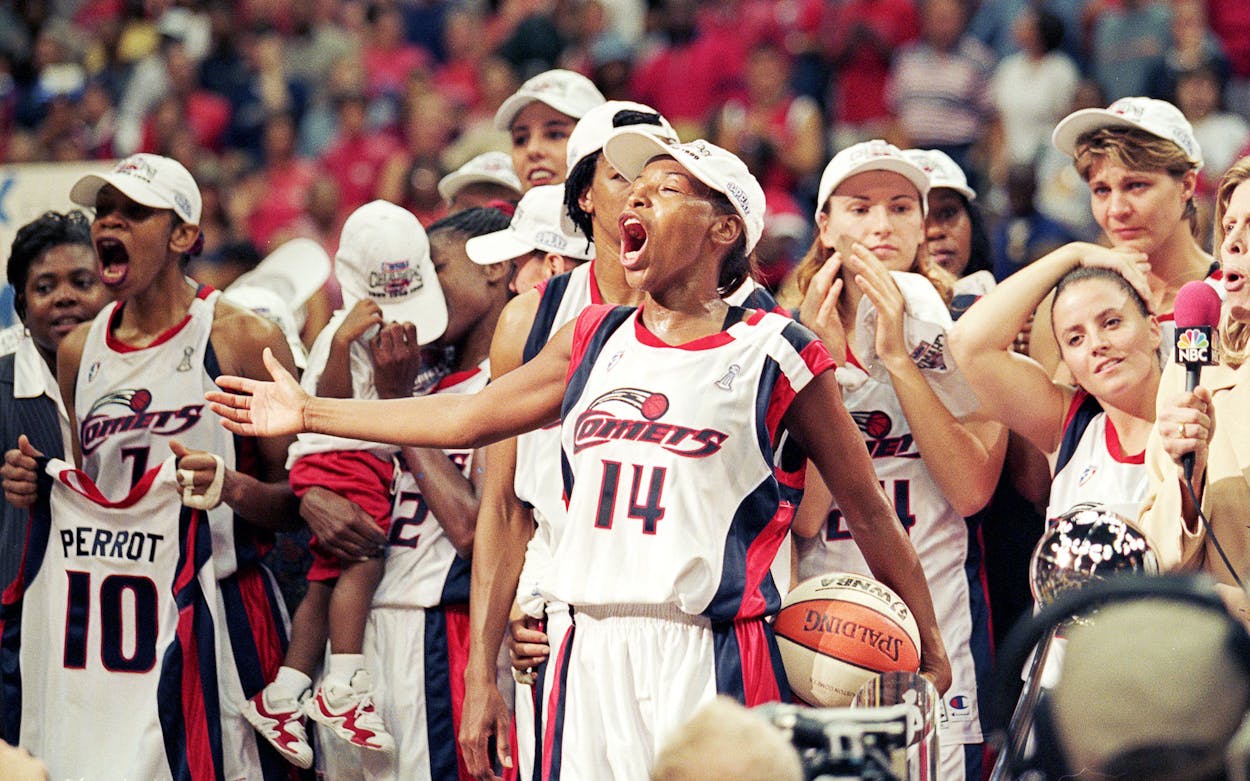
Cooper, Swoopes, and Thompson—three Black women—thus became the first legends of the league. Swoopes also made a lasting impression by becoming the first WNBA player to sign a signature shoe deal and by proudly embracing her motherhood (she missed the start of the inaugural season due to pregnancy) without it hindering her career, as she would go on to become a three-time MVP.
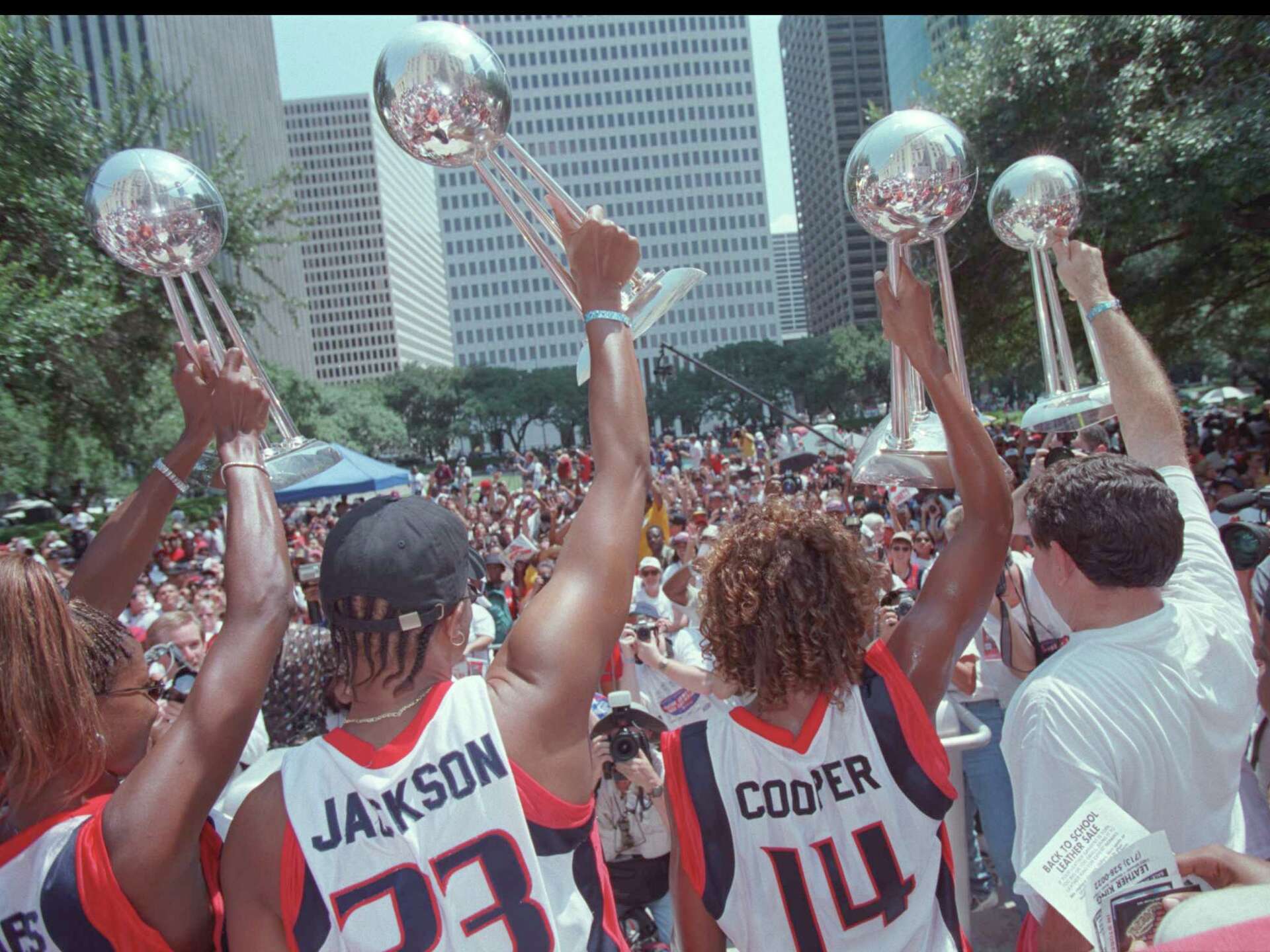
Lynette woodard: The trailblazer who came before
Among the pioneers was also Lynette Woodard, whose journey epitomized the talent that existed just before the WNBA. A college basketball legend in the 1980s, she held the all-time NCAA scoring record (3,649 points) for 43 years until Caitlin Clark surpassed it in 2024. Without a U.S. pro league in her prime, Woodard went to Europe and in 1985 became the first woman to join the Harlem Globetrotters.
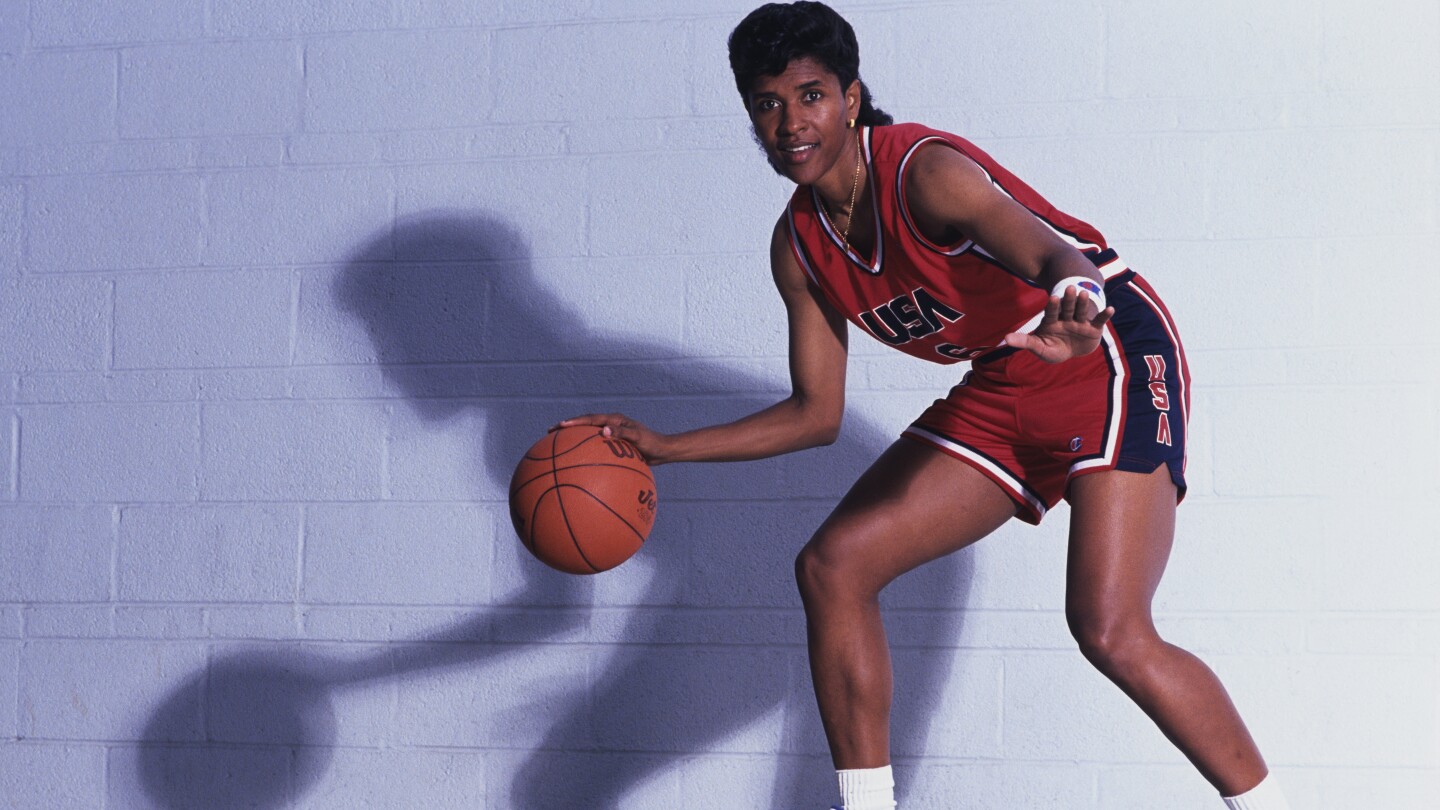
When the WNBA launched in 1997, she was 38 but finally joined a U.S. team (the Cleveland Rockers), ending her career as an inspiration for the league’s new generation. Her induction into the Basketball Hall of Fame cemented her legacy.
WNBA vs. ABL
Despite early enthusiasm, the WNBA faced competition from another women’s league, the ABL (American Basketball League), which launched around the same time. But underfunded, the ABL folded by late 1998. The WNBA absorbed several of its top players, including young star Chamique Holdsclaw (drafted in 1999), and expanded from 8 to 12 teams that same year.
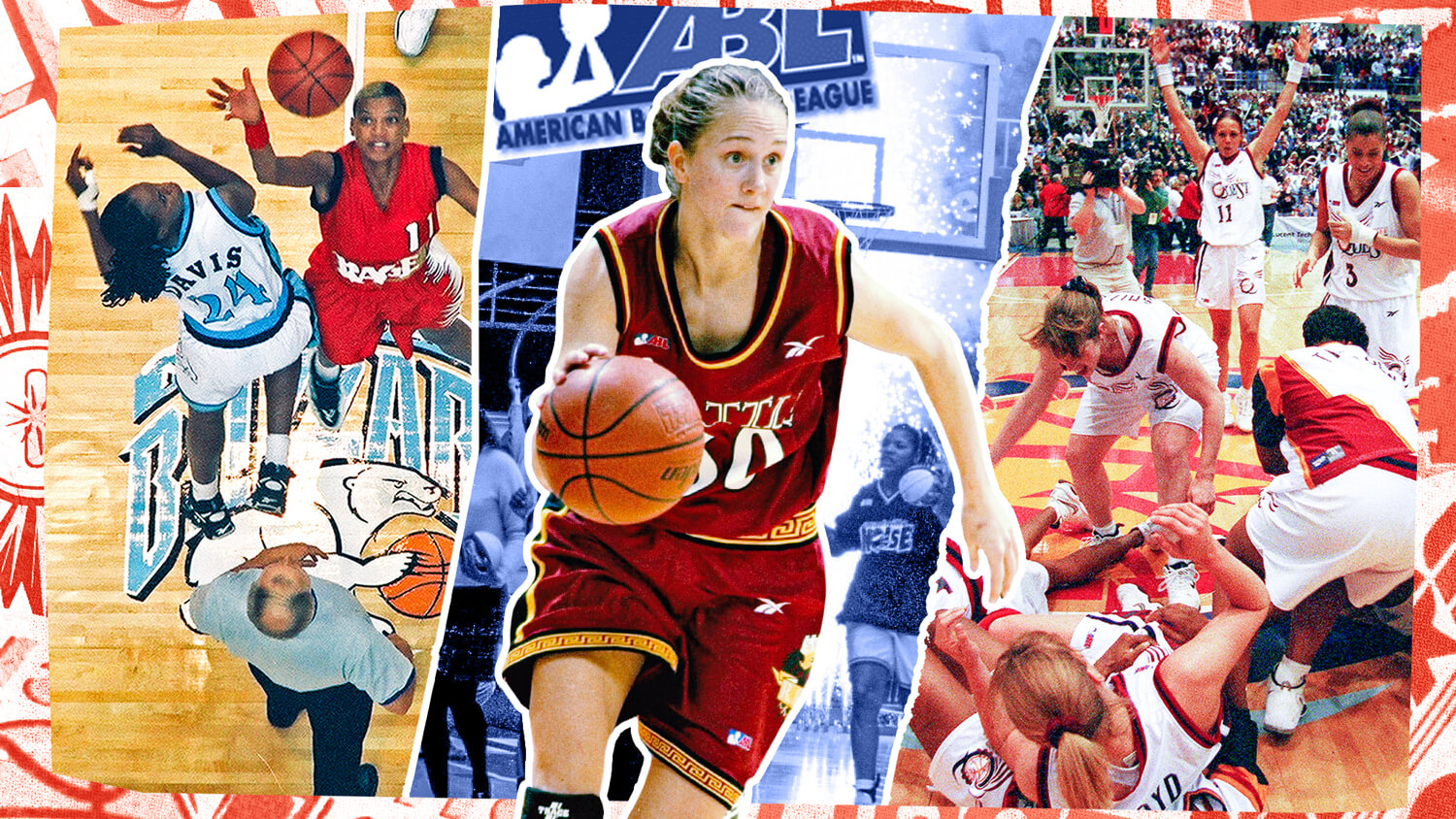
In 1999, the WNBA and its players’ union signed the league’s first collective bargaining agreement (CBA), a major social milestone as it was the first in professional women’s sports. From the start, the WNBA positioned itself at the forefront of both sports and athlete rights.
The 2000s: New stars and league expansion
After the Houston Comets disbanded in 2008, new teams and players took the torch to solidify the league. In the early 2000s, the league expanded to 16 teams before stabilizing at 12 by 2009 due to some relocations and closures (Miami, Portland, Charlotte).
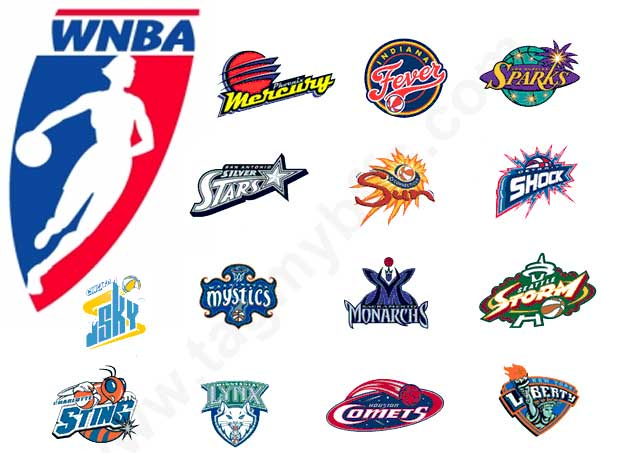
Despite these adjustments, the WNBA celebrated its 11th consecutive season in 2007, becoming the first American women’s sports league to last more than ten straight seasons. Its sustainability was secured, and public interest remained steady, with an average attendance of around 7,500 to 8,000 spectators during those years.
On the court, the 2000s saw the emergence of new legends who would leave their mark on the league. The Los Angeles Sparks, led by Lisa Leslie, won back-to-back championships in 2001 and 2002, allowing Leslie—one of the league’s original stars from 1997—to fulfill her immense potential with titles.

In 2002, she also made history by completing the first dunk in a WNBA game—a long-awaited milestone. In the East, the Detroit Shock, led by forward Swin Cash and prolific scorer Katie Smith, pulled off a surprise in 2003 by defeating the Sparks to win the title. Under the leadership of coach Bill Laimbeer (a former NBA “Bad Boy”), Detroit imposed a physical style of play and captured three championships in 2003, 2006, and 2008, establishing Cash and Smith as pillars of the league.
Lauren Jackson of Australia, who joined Seattle in 2001, became one of the greatest players ever (3 MVPs and a 2004 title). Tamika Catchings (Indiana Fever) became known for her all-around game and would later win a title.
Becky Hammon became a fan favorite in New York for her grit, even without a title. In 2004, Diana Taurasi made her debut with the Phoenix Mercury and, alongside Cappie Pondexter (joined in 2006), led Phoenix to championships in 2007 and 2009. Taurasi would become the WNBA’s all-time leading scorer.
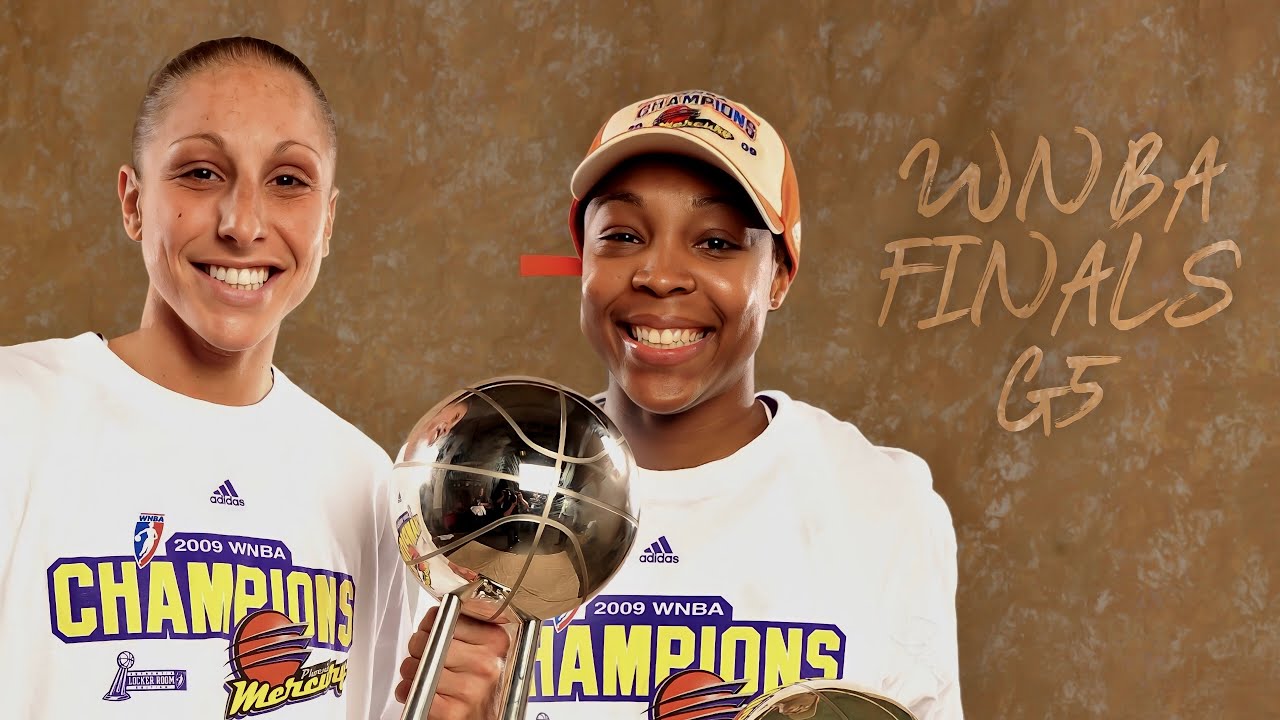
Sue Bird, drafted in 2002 by Seattle, formed a formidable duo with Jackson and became the league’s assist queen, playing a record 19 seasons.
In 2008, Candace Parker burst onto the scene, becoming the first player to win both Rookie of the Year and MVP in the same season. Known for her athleticism and dunks, she brought new media attention to the league. In 2016, she led the Sparks to another title.
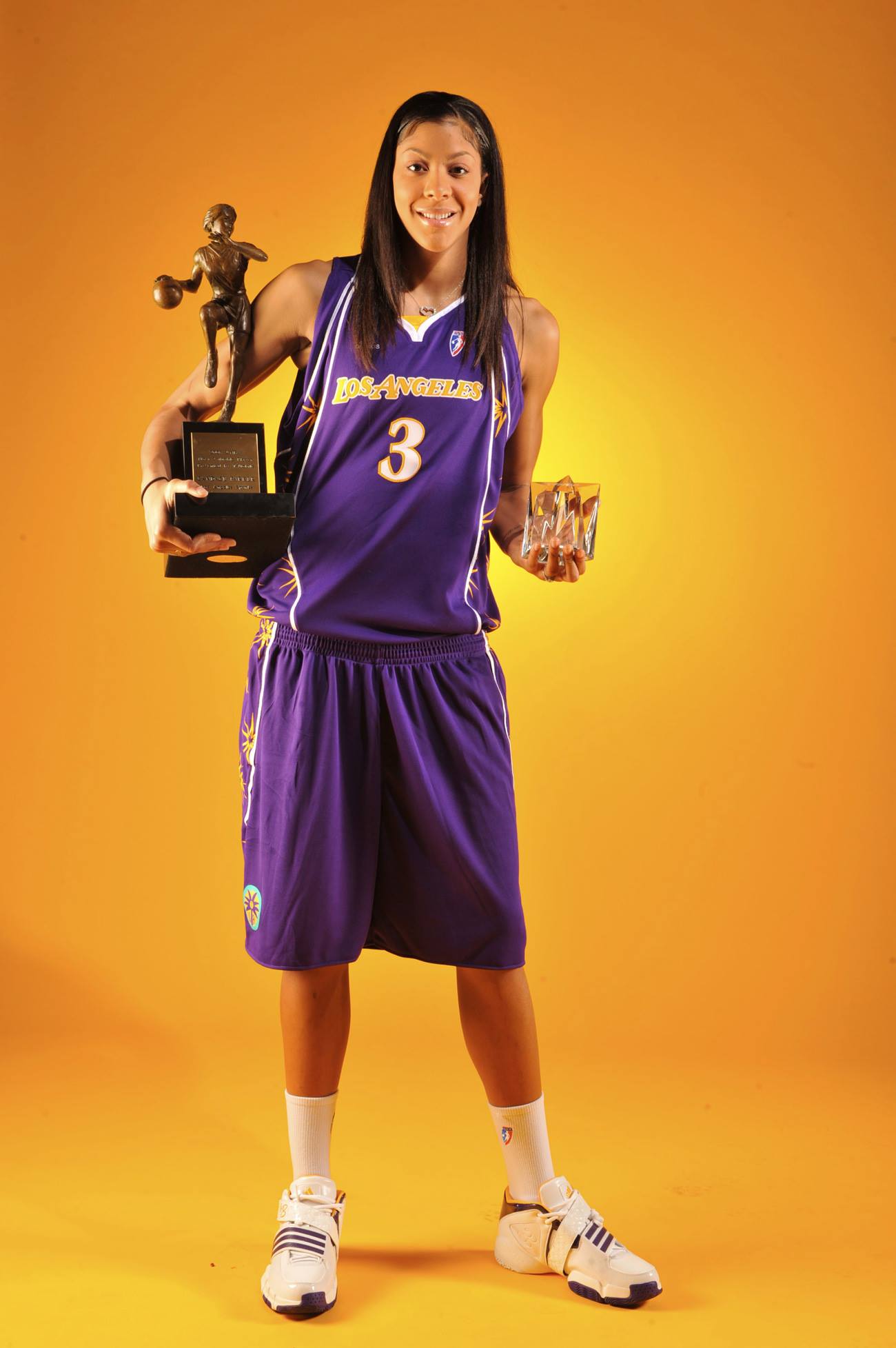
Despite some financial challenges (NBA selling some franchises to local owners), the WNBA ended the 2000s stronger. The arrival of stars like Angel McCoughtry (Atlanta) and Sylvia Fowles (Chicago) revitalized the league.
A major television partnership was signed with ESPN/ABC to broadcast more games, reflecting the media’s growing interest. After its first decade of existence, the WNBA had fulfilled its original promise: it had “claimed its place” in the sports landscape, driven by immensely talented players and a loyal fan base—while still holding significant potential for further growth.
2010s: Dominance, dynasties, and social activism
The 2010s were defined by dominant teams and increasing activism from WNBA players off the court. Athletically, two franchises stood out: the Minnesota Lynx and the Seattle Storm.
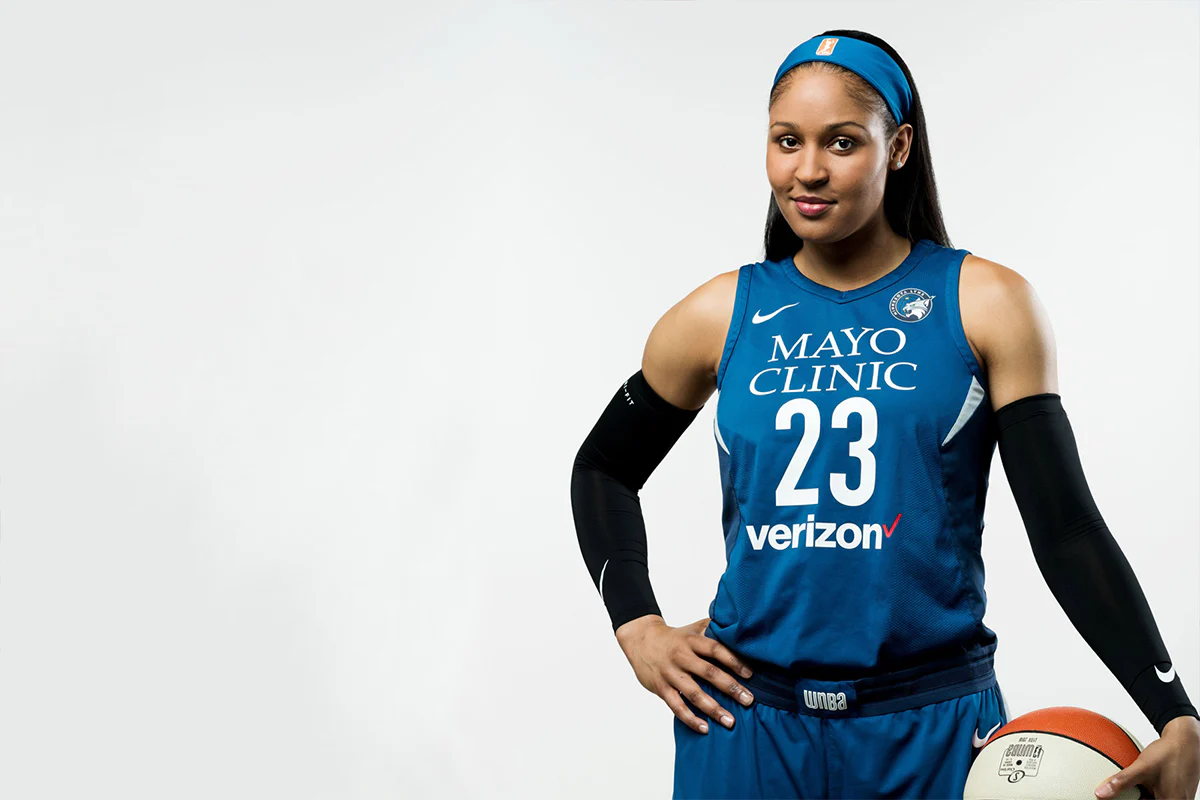
In Minnesota, an exceptional quartet would go on to work wonders: Maya Moore (a scoring guard with a phenomenal track record), Seimone Augustus (a graceful scorer), Lindsay Whalen (a clutch point guard), and Rebekkah Brunson, later joined by Sylvia Fowles in the paint. Under the guidance of coach Cheryl Reeve, the Lynx won four WNBA titles (2011, 2013, 2015, 2017), tying the Houston Comets’ all-time record. Maya Moore earned the league MVP title in 2014 and established herself as the best player in the league. Fowles, who joined in 2015, was named Finals MVP in both 2015 and 2017 thanks to her dominance in the paint. Minnesota became the standout team of the decade.
On the other side, the Seattle Storm returned to the top toward the end of the decade. After Lauren Jackson retired in 2012, Seattle rebuilt around Sue Bird and a rising star: Breanna Stewart. Drafted in 2016, Stewart was considered a “trophy machine”—a four-time NCAA champion before even entering the WNBA. She lived up to expectations by leading Seattle to two championships, in 2018 and 2020, collecting two regular-season MVP awards along the way. By 2021, at just 27 years old, Stewart was already one of the most decorated players in Storm history—and in the league overall.
Other teams also claimed championship glory in the 2010s: Diana Taurasi’s Phoenix Mercury added a third title in 2014 (Taurasi was named Finals MVP at age 32), and Candace Parker’s Los Angeles Sparks returned to the spotlight by winning the 2016 championship. Parker and her teammate Nneka Ogwumike formed a formidable frontcourt duo, with Ogwumike earning the league MVP award in 2016.
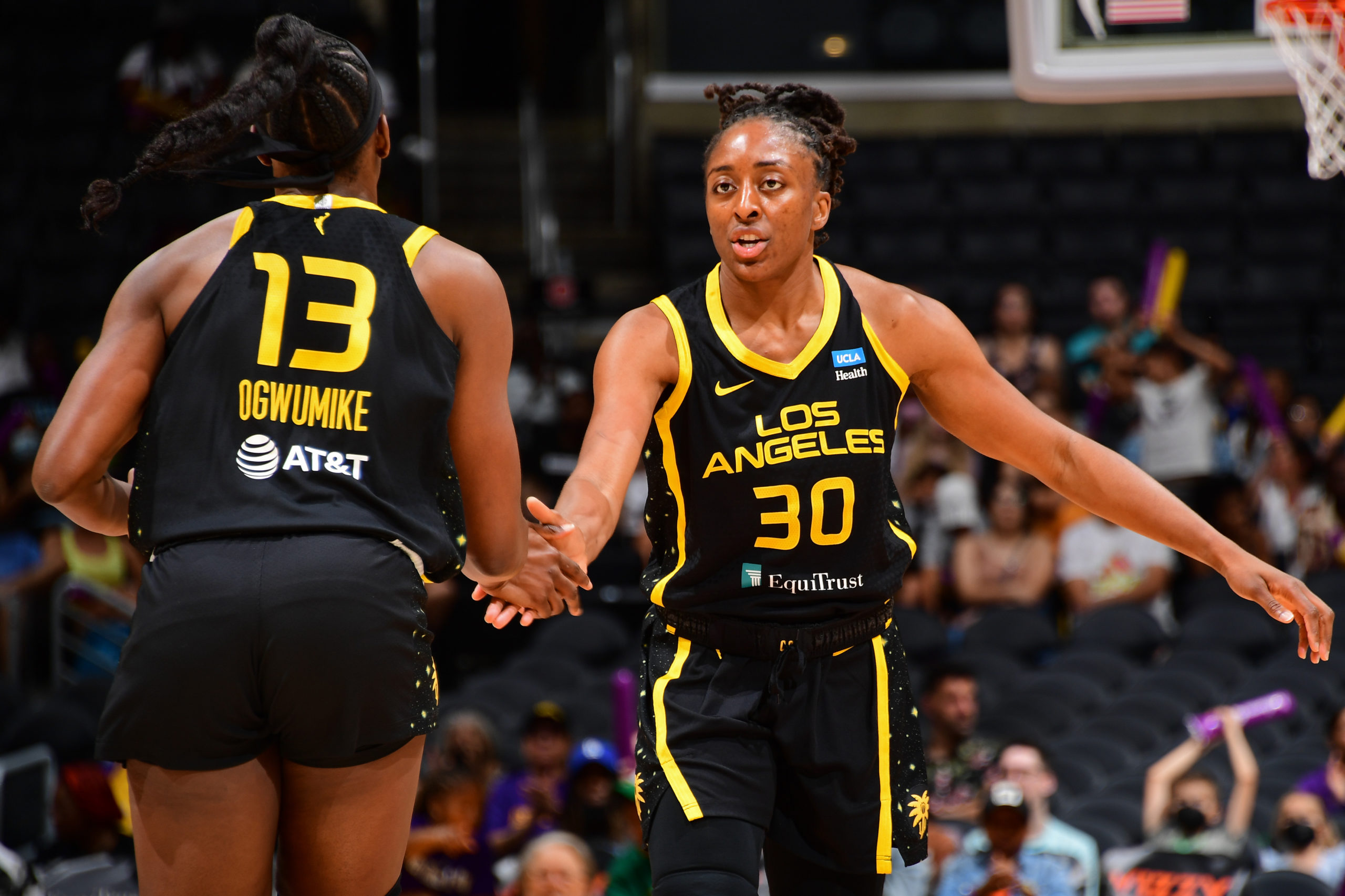
In 2019, the Washington Mystics, led by Elena Delle Donne, captured their first-ever title, thanks to a heroic performance from Delle Donne—who was named league MVP despite playing with a herniated disc—alongside Belgian star Emma Meesseman, who earned Finals MVP honors. These diverse successes illustrate the league’s overall rise in competitiveness: each year, new stars emerge, and multiple teams contend for the championship.
Voices on and off the court
Alongside their athletic achievements, WNBA players have asserted themselves as leaders in the fight for social justice and equality. Historically, the league has always supported its athletes’ community involvement (such as breast cancer awareness through the WBCA Pink Challenge and various charitable initiatives). But during the 2010s, this commitment took on a more activist tone.
In 2016, following police violence against African Americans (Philando Castile, Alton Sterling…), several WNBA teams wore black “Black Lives Matter” shirts during warmups to protest injustice—a gesture that initially earned them league fines, which were quickly reversed under public pressure.
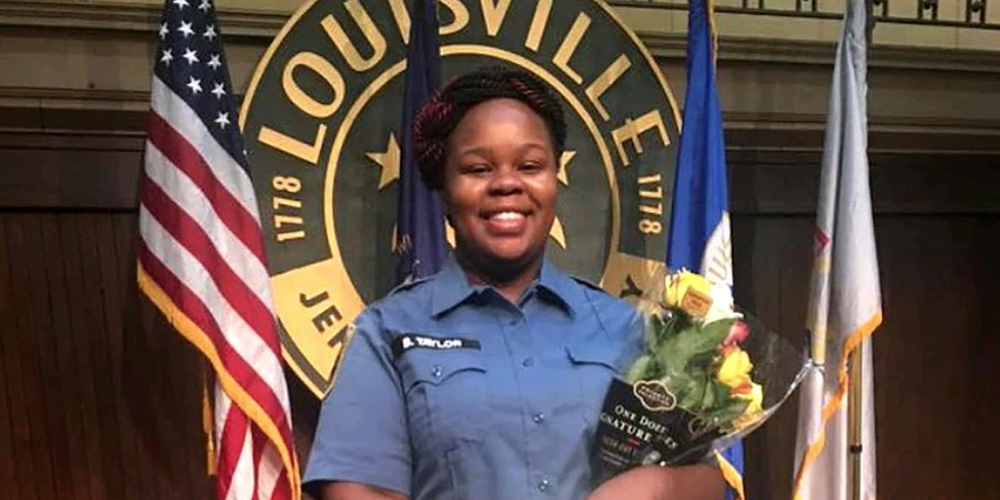
Most notably, in 2020, amid a wave of protests across the United States, the WNBA dedicated its entire season to the fight for social justice. Gathered in a health-protected “bubble” due to the COVID-19 pandemic, the players devoted the championship to the memory of Breonna Taylor—a young Black woman killed by police—and to the Say Her Name movement, which seeks to remember and honor Black women victims of violence.
All teams wore Breonna Taylor’s name on their jerseys and carried out numerous awareness campaigns. New York point guard Layshia Clarendon described it as “a season committed to saying their names and demanding justice for Black women, who are too often forgotten.” This courageous stance led American media to declare that “the fight for social justice is in the WNBA’s DNA”—a reflection of the league’s very makeup, with nearly 70% of its players being Black women.
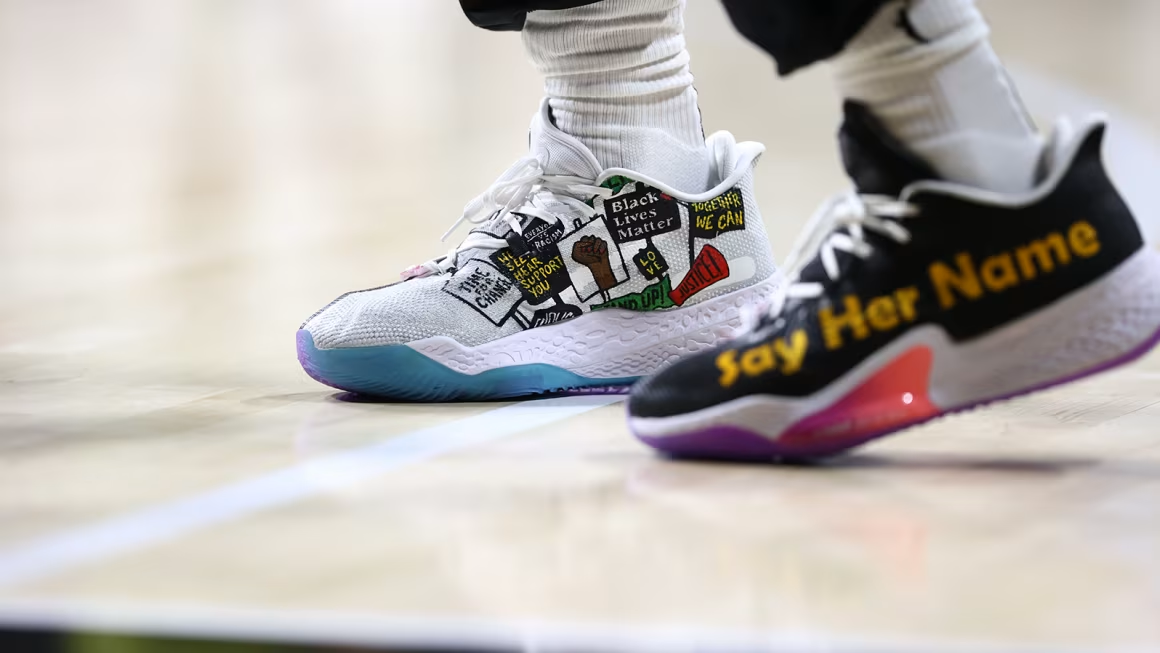
One figure exemplifies just how far this commitment can go: Maya Moore. At the height of her career—having won four WNBA championships with Minnesota—Moore decided in 2019 to step away from basketball to focus on freeing a man who had been wrongfully convicted.
After two years of legal battle, she succeeded in securing the release of Jonathan Irons, whom she later married. She has not returned to the court since 2018, having deliberately sacrificed her career for this cause—a decision that commands deep respect and highlights the altruism of WNBA athletes. As one media outlet put it, “Maya Moore left the WNBA to free a man from prison. She may have saved his life.”
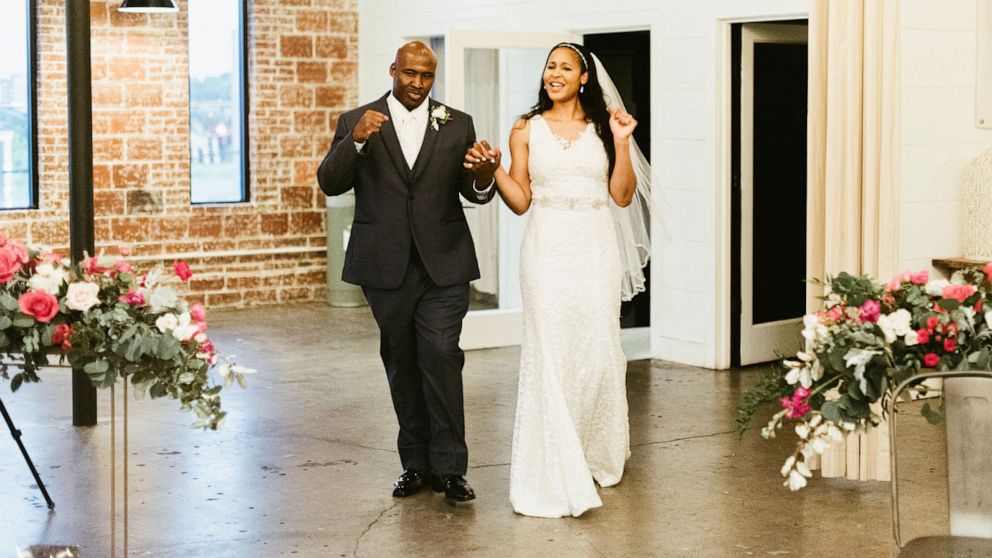
2020s: A new wave of talent and an explosion in popularity
Today, the WNBA is experiencing a true golden age in terms of visibility, talent, and cultural impact. After a financially fragile start, the league is now reaping the rewards of long-term investment. The 2024 season—the 28th in WNBA history—was the most watched of all time, with over 54 million cumulative viewers tuning in to at least one game, setting an all-time record.
Average television viewership on ESPN soared by 170% compared to the previous year, reaching new historic heights. Arenas are filling up like never before: total attendance hit its highest point in 22 years, with 154 sellouts during the season (compared to just 45 the year before). On average, nearly 9,800 fans now attend each game—a 48% increase from 2023.
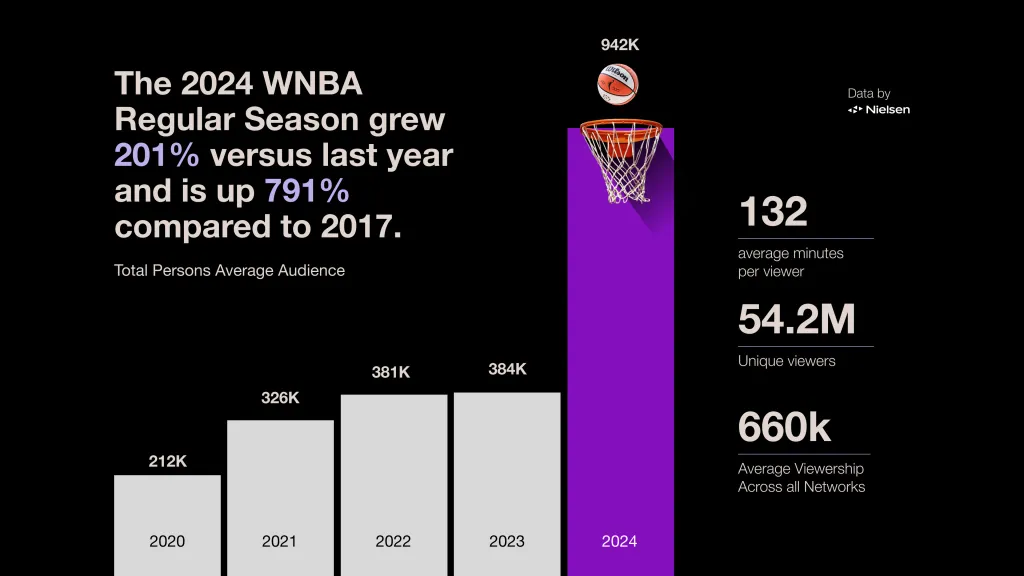
Some games even had to be relocated to larger NBA arenas to meet the soaring demand—such as the 20,711 fans in attendance in Washington on September 19, 2024, setting a new WNBA record. All indicators are surging: fan voting for the All-Star Game skyrocketed by 538% in 2024 compared to 2023, and merchandise sales increased sevenfold (+601%). The WNBA is, quite simply, on fire.
Clark vs. Reese: A rivalry feeding families and fueling the frenzy
This unprecedented enthusiasm is due in large part to the arrival of a new generation of charismatic stars—but above all, to the most talked-about rivalry in American women’s sports since Serena Williams vs. Maria Sharapova: Angel Reese vs. Caitlin Clark.
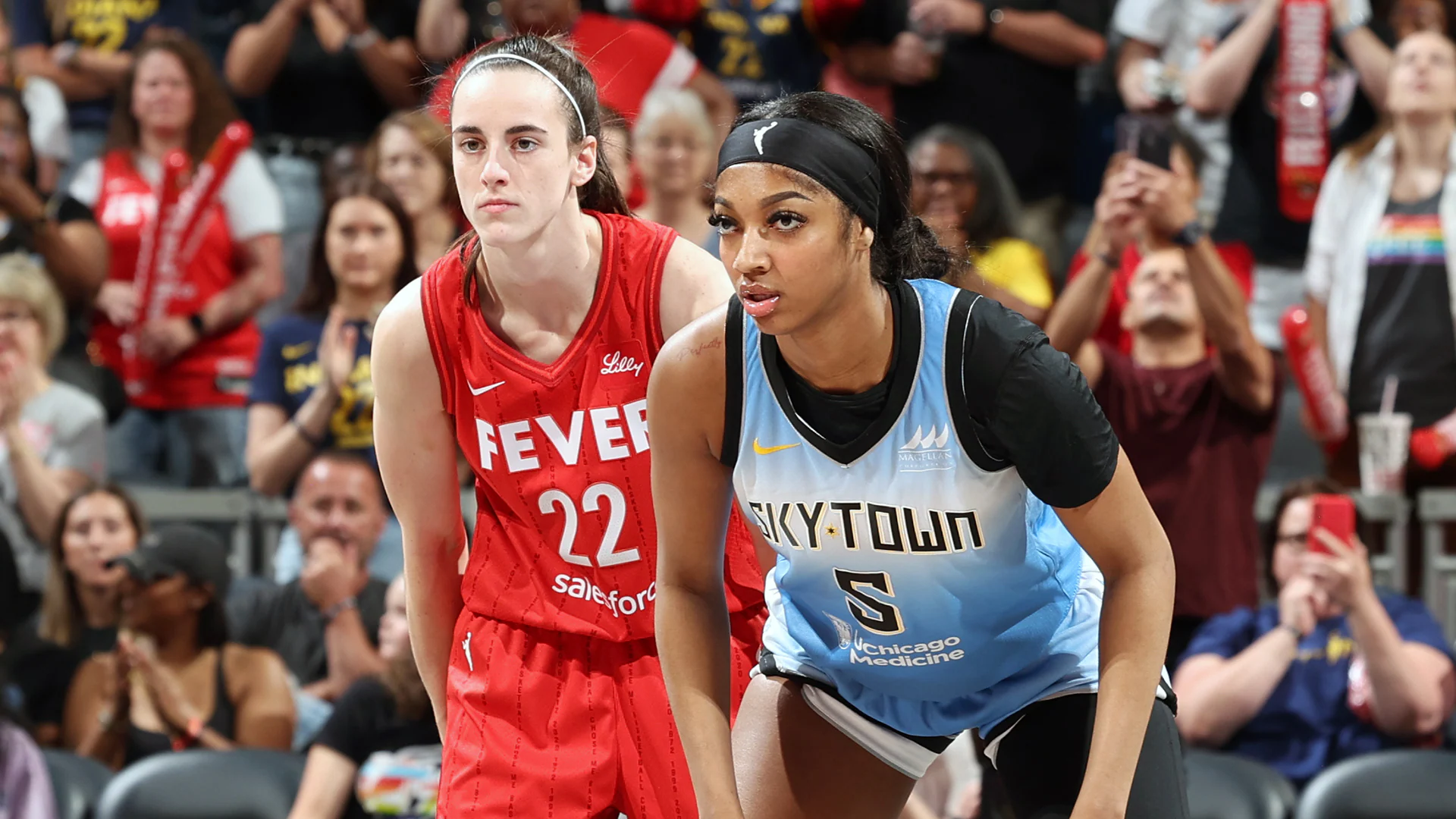
It all began on college courts, where the two young women captivated America with contrasting styles and palpable tension. Caitlin Clark, a sharpshooter from Iowa—white, cerebral, and coming from a traditional program—racked up record-breaking numbers with long-range shots reminiscent of Stephen Curry. Angel Reese, on the other hand, was a star at LSU: Black, expressive, deeply rooted in pop culture, and nicknamed “Bayou Barbie,” she combined physical dominance, rebounding prowess, and unapologetic trash talk. Their NCAA clashes drew massive viewership, culminating in the 2023 championship final won by Reese—a game that instantly became a cultural moment, especially for Black communities weary of seeing only one face consistently glorified.
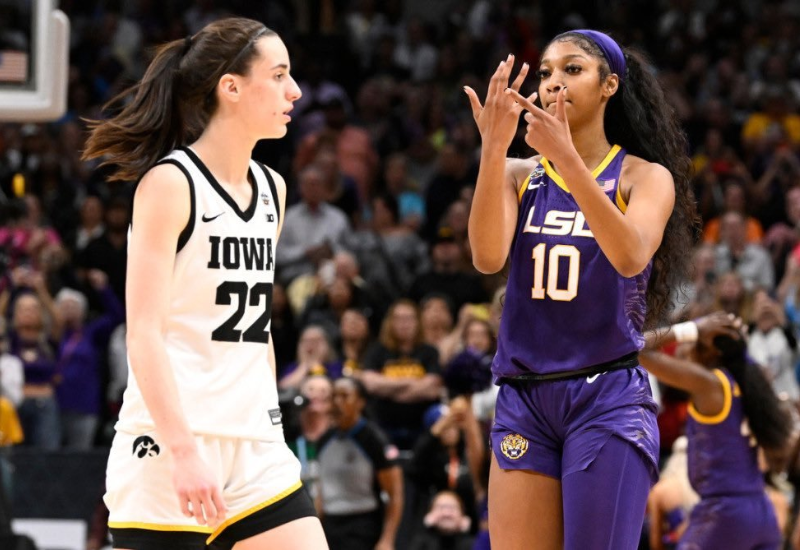
In 2024, both young women arrived in the WNBA—and the show kept going. Clark, drafted by the Indiana Fever, instantly became a national phenomenon: her games sold out arenas, her highlights went viral on social media, and her jerseys flew off the shelves. She drew in a new audience—often unfamiliar with the WNBA but already won over by her aura as a “destined superstar.” Her performance matched the hype: Rookie of the Year, a playoff appearance, and over 22 games with more than one million viewers—nearly all featuring her on the court.
Angel Reese, for her part, shined in a different way. Less media-covered at first, she built her legend the hard way: a triple-double in her second season, offensive rebounding records in her first, and relentless consistency. Most importantly, she refused to be relegated to the role of silent antagonist. Reese talks, plays, embodies. Every matchup with Clark brings an electric atmosphere. The games sell out. Debates rage on Twitter. And above all, the WNBA wins—gaining visibility, narrative tension, and a broader, more diverse audience.
What began as a clash of styles has become a marketing and cultural engine. A rivalry staged for the cameras? We’ll know once their careers are over. But it is without a doubt a rivalry that feels genuine, embodied, and compelling—it polarizes as much as it captivates, like the greatest showdowns in sports history.
Angel Reese and Caitlin Clark are not the only new stars in the WNBA. But their ongoing face-off has given the league the storytelling it’s been waiting for: because ultimately, what people crave—beyond raw talent—is a story to follow, with its codes, twists, and icons. And in 2025, with the NBA entering a transitional phase, the biggest story in American basketball is being written by women.
A golden generation still holding strong
Yet the current dominance is still largely ensured by stars of the previous generation, now at the peak of their powers. A’ja Wilson, power forward for the Las Vegas Aces, has asserted herself as the best player in the world in recent years: a two-time league MVP and 2022 WNBA champion, she surpassed 5,000 career points in 2025 in record time—just 238 games. No one, not even Taurasi or Stewart, reached that mark so quickly.
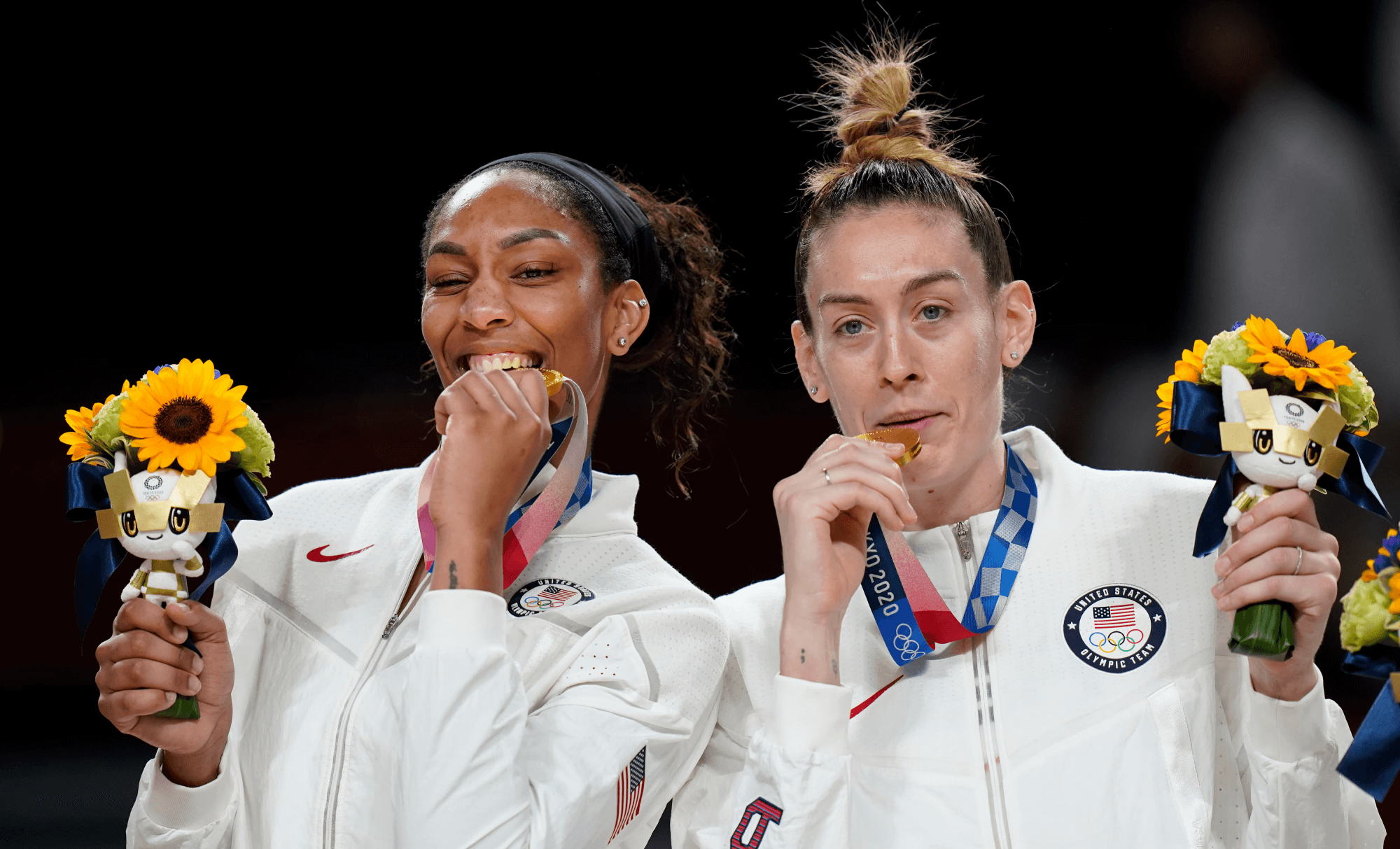
Wilson embodies the dominant modern player—equally effective on offense and defense, and a vocal leader to top it off. At 27, she leads the current generation alongside other established stars like Breanna Stewart, who left Seattle for New York in 2023 and led the Liberty to the 2024 WNBA title, adding yet another trophy to her already impressive collection. At 29, Stewart now boasts multiple championships, regular-season and Finals MVPs, confirming the “trophy machine” nickname she earned early in her career.
Among the other standout figures in today’s league are Brittney Griner (Phoenix Mercury), a spectacular center known for her dunks and her courageous return following her wrongful detention in Russia in 2022; Sylvia Fowles (retired in 2022), who left the game as the WNBA’s all-time leading rebounder; Candace Parker, a two-time MVP who brought a championship to her hometown Chicago Sky in 2021; and Elena Delle Donne (Washington Mystics), who remains one of the league’s most gifted scorers despite recurring injuries.
Let’s not forget Nneka Ogwumike (LA Sparks), 2016 champion and president of the players’ union (WNBPA), a key figure in negotiations for improved working conditions, or Skylar Diggins-Smith, one of the top scoring guards of the last decade. And of course, Sabrina Ionescu, who made headlines for her thrilling three-point contest duel—narrowly lost—against Steph Curry, the greatest shooter of our time, if not in basketball history.
The rest of the world joins in
The WNBA is also becoming increasingly international. In 2025, French player Gabby Williams (Seattle Storm), NCAA-trained, made headlines by setting a franchise record with 8 steals in a single game and establishing herself as a key player in the league. That same year, another French talent, Dominique Malonga, only 19 years old, was drafted second overall by Seattle. The French wave is riding high, bolstered by Marine Johannes, a fan favorite in New York.
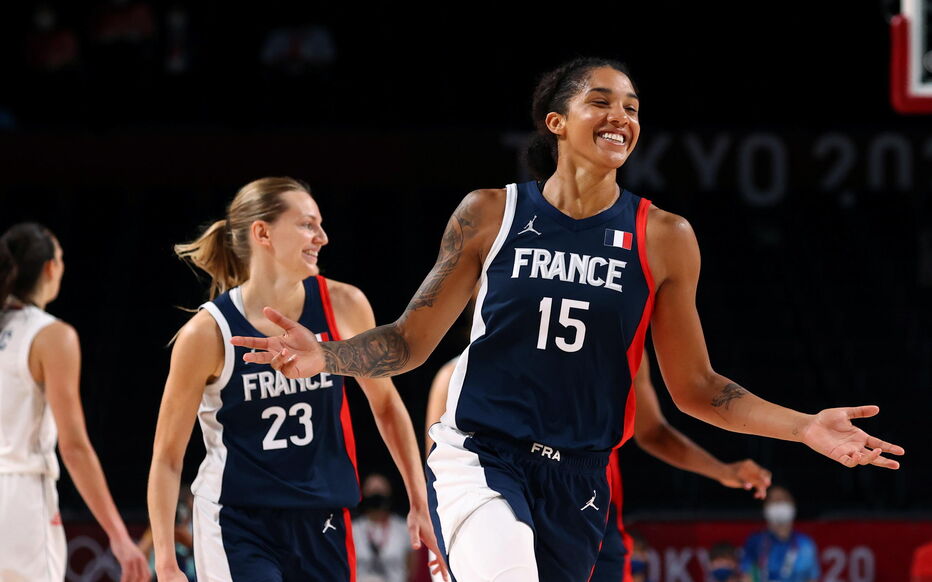
Of Congolese and Cameroonian descent, Malonga became the second-youngest player in WNBA history (at 19 years old) to score more than 10 points in a game—signaling a bright future ahead. These new international arrivals are following in the footsteps of pioneers like Portuguese point guard Ticha Penicheiro, a legend of the 2000s, and Australian superstar Lauren Jackson. Today, the WNBA attracts the best talent from around the world, enriching both the game and its global fanbase.
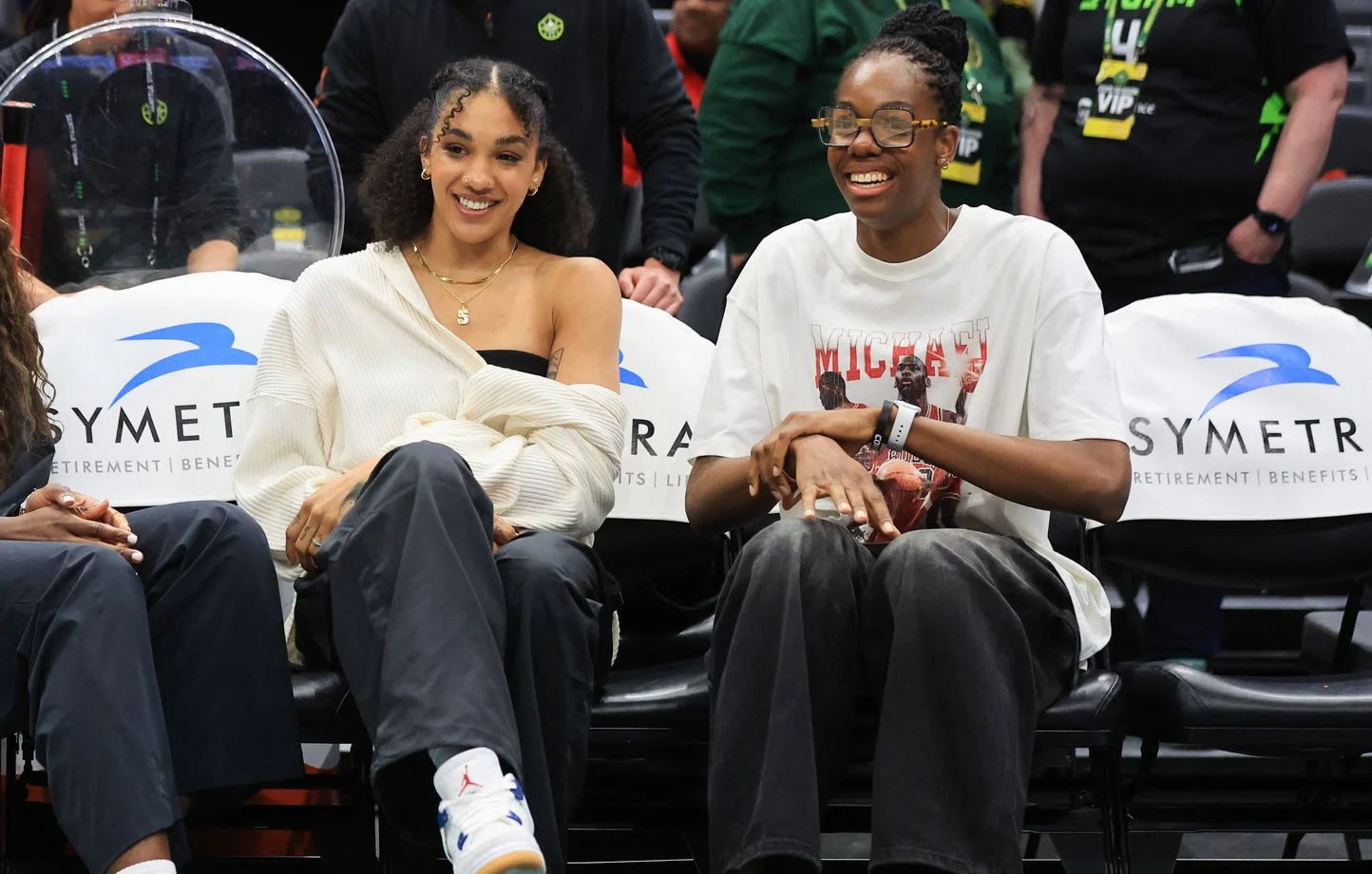
The future
Rising stars already in sight
The future of the WNBA looks all the brighter with the next wave of talent already on the rise. While Reese and Clark continue to electrify the league, a new generation is knocking at the door.
Juju Watkins, the explosive USC sensation, is already seen as a future franchise player. Kiyomi McMiller, one of the most creative point guards of her generation, is turning heads with a spectacular handle worthy of an AND1 mixtape. And despite dealing with injuries, Azzi Fudd remains one of the most highly anticipated prospects—her pure shooting and remarkable poise have impressed observers since her high school day
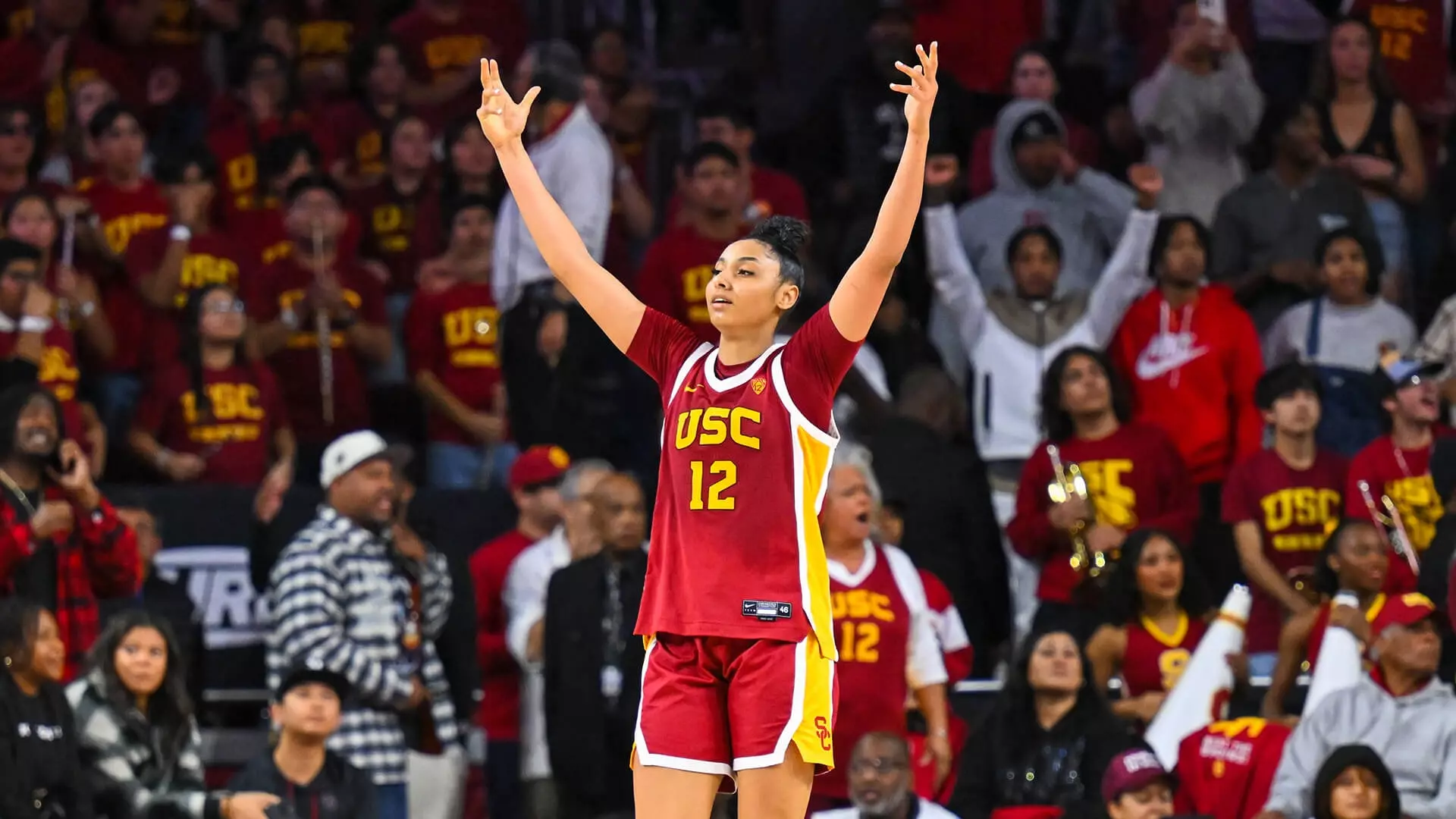
Expansion time
In the mid-2020s, the league is in full expansion mode. Under the leadership of Commissioner Cathy Engelbert (in office since 2019), the WNBA is planning to welcome new franchises. In 2024, the addition of a team in the San Francisco Bay Area—affiliated with the Golden State Warriors—was made official: the Golden State Valkyries, the league’s first expansion team since 2008. Other markets, such as Toronto, are being considered to further grow the league. The goal is to capitalize on the rapidly increasing popularity of women’s basketball.
Because today, the WNBA is no longer just “a good thing to check out”—it is the moment for women’s basketball, as we recently wrote. The league has created a virtuous cycle: greater visibility brings more fans and sponsors, which improves player conditions and elevates the quality of the game, further boosting interest.
NBA 2K
The integration of “The W” mode in NBA 2K marked a symbolic and cultural milestone for virtual basketball. For the first time, WNBA players were fully integrated into the iconic simulation game, with their own gameplay modes, animations, and career paths. While exact usage statistics remain unclear, the gaming community has widely praised the development, viewing the inclusion of WNBA teams as something that enriches the overall experience and brings welcome diversity to a space long dominated by men’s NBA content.
This progress, beyond the realm of gaming, contributes to normalizing the visibility of women basketball players in popular culture.

Over the course of its history, the WNBA has evolved from a young league seeking recognition into a mature and thriving championship, breaking records in viewership and attendance. It has become a true cultural and athletic pillar, carried by generations of women—predominantly Black women—who have pushed the boundaries of the game and used their platform to drive societal change.
As the Los Angeles Times noted, “in many ways, the mere existence of a league composed of 70% Black women is itself an act of protest against a male-dominated sports industry.” After years of being relegated to the margins, these athletes are now writing their own legend and inspiring millions of young girls around the world.
Today, WNBA games are broadcast on multiple U.S. networks, and are also accessible via WNBA League Pass, with some marquee matchups available live or on-demand through Prime Video—clear evidence that the sport has entered the mainstream.
Back in 1997, the WNBA declared, “We Got Next.” Today, that promise has been fulfilled. Through athletic excellence, the advancement of women’s rights, and the celebration of diversity, the story of the WNBA is a resounding yet still fragile success—a story still being written before our eyes, with many more glorious chapters to come.
Table of Contents
- Creation of the League and Early Pioneers (1996–2000)
- Lynette Woodard, the Trailblazer Who Came Before
- WNBA vs. ABL
- The 2000s: New Stars and League Expansion
- 2010s: Dominance, Dynasties, and Social Activism
- Voices On and Off the Court
- 2020s: A New Wave of Talent and Explosive Popularity
- Clark vs. Reese: A Rivalry That Captivates Families
- A Golden Generation Still Shining
- The Rest of the World Joins In
- The Future
- Next-Gen Talents Already Knocking
- Expansion Time
- NBA 2K
